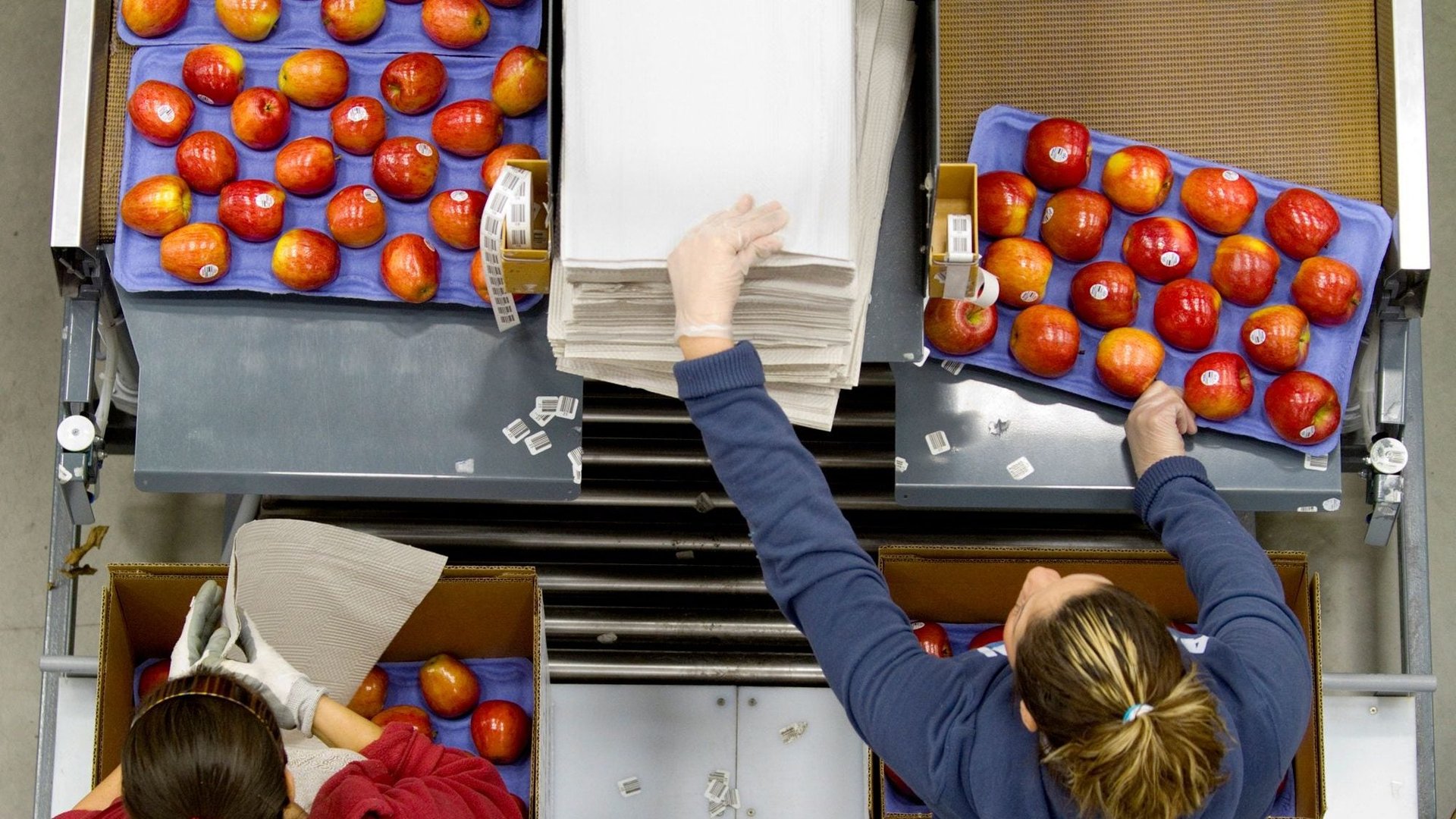A food scientist explains how the Red Delicious apple lost its deliciousness
The mealy fruit approximation that the Red Delicious apple has become is not solely the product of industry, working diligently to push flavor out and breed profitability in to our food. Human instinct bears some responsibility for the apple’s blandness as well.


The mealy fruit approximation that the Red Delicious apple has become is not solely the product of industry, working diligently to push flavor out and breed profitability in to our food. Human instinct bears some responsibility for the apple’s blandness as well.
Dr. Sarah Taber, a scientist and podcaster, recently pointed out on Twitter that the Red Delicious apple started out as an exceptionally, well, delicious apple, but that its particular genetics decoupled the link between color and flavor. “Red Delicious was A+ in its original incarnation,” she wrote on Twitter. “Then folks kept grafting from bud sports (=sometimes a tree throws a branch that’s a little different, it’s normal) w darker & darker fruit. Selected for color instead of quality.”
Long the most-grown apple in the US, in 2018 the Red Delicious was supplanted by the Gala, known for its crunch and lively balance of acidity and sweetness. The Red Delicious that are grown in the US, and still make up a huge portion of the trees in commercial orchards, are largely earmarked for export, particularly to China where they’re a popular gift. On the domestic end of things a lot of these unsexy apples end up in institutional settings like schools, hospitals, and hotels.
It’s not like the Gala-glomming, Honeycrisp-hankering public never enjoyed the Red Delicious, though. Our tastes have changed and gotten more sophisticated as supermarkets have added more variety to the produce section – not just for apples, but with the addition of fresh herbs, heirloom tomatoes, and new varieties of citrus as well.

The deep red color and platonically perfect appleness of a Red Delicious is what made it so popular to begin with, and not because consumers were being tricked. Buying the biggest, reddest apples is instinctual, Taber pointed out on Twitter. “This makes some evolutionary sense,” she wrote. “When confronted w a variety of otherwise identical fruit (say, bins of apples at the store), humans go for the darkest red ones. In nature, that’s how you eat the ripe ones.”
It’s hard to imagine in an era that prizes the massive irregularity of heirloom tomatoes, and touts buying “ugly produce” as a social good, but the bland badness of the Red Delicious was not a vast horticultural conspiracy to get us to eat substandard fruit. It was just a phase we were going through.